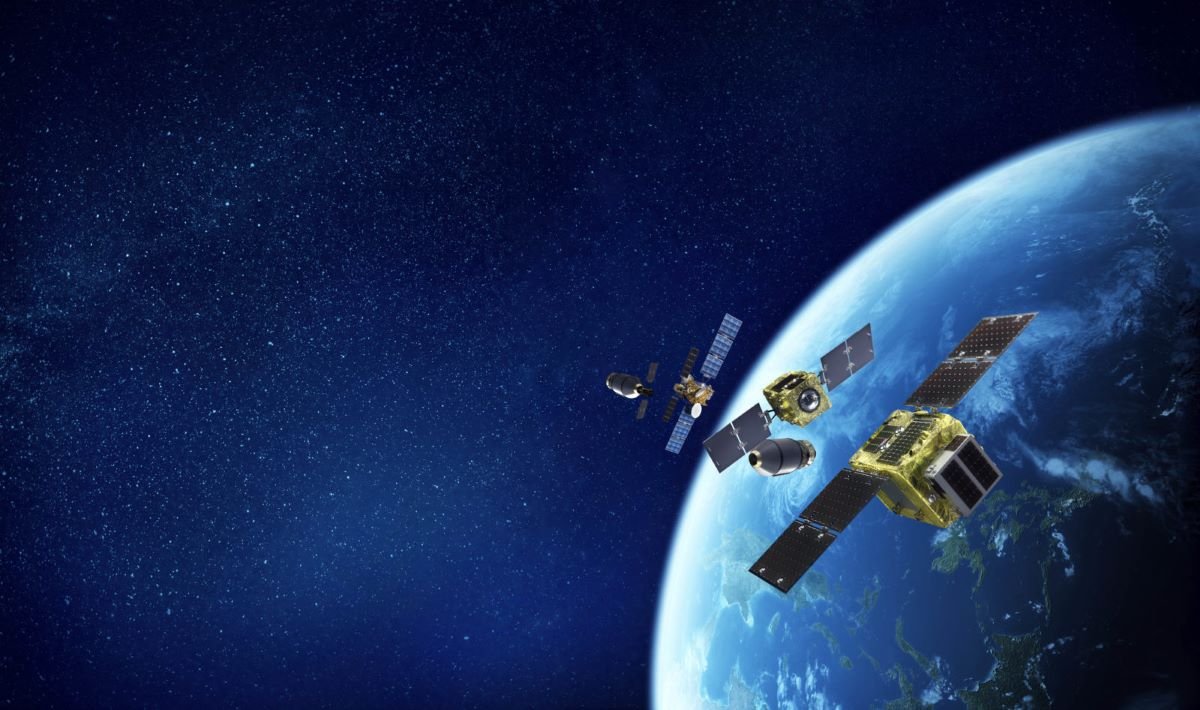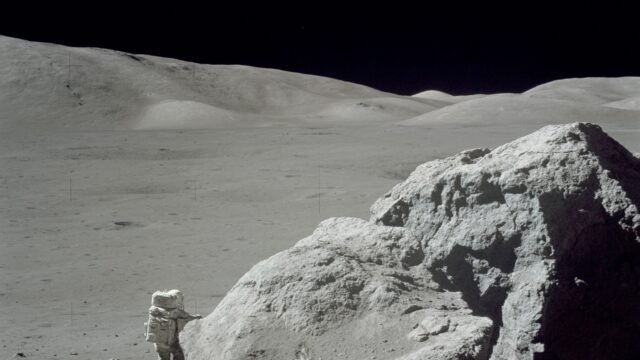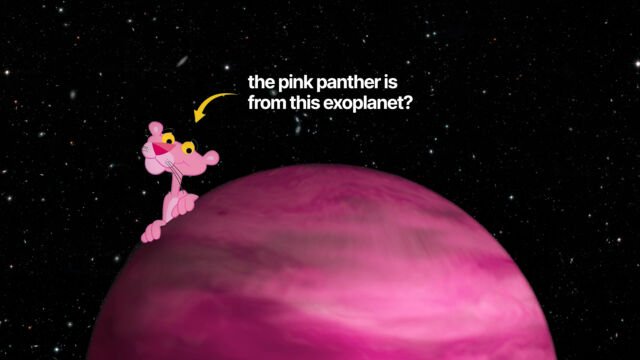Earth’s orbit is becoming increasingly cluttered with debris caused by collisions between space garbage.
The US Department of Defense’s global Space Surveillance Network is tracking more than 27,000 pieces of floating trash, which poses a risk to current and future space missions.[1]
The Federal Communications Commission proposed a five-year deadline after the end of a mission to dispose of equipment through uncontrolled re-entry into Earth’s atmosphere.
Previously, it was fine to leave a unit in an orbital decay that would re-enter within 25 years, but this is unsustainable due to the frequency of launches, and compliance is thought to be less than 50%.
The World Economic Forum (WEF) has published its “Space Industry Debris Mitigation Recommendations” to maintain a post-mission disposal success rate of 95-99 percent or better, with all operators striving for the five-year target to remove obsolete space stuff from LEO.
Additionally, it suggests satellites can maneuver at altitudes exceeding 375 kilometers, preferably using onboard propulsion.
It calls on governments to impose the usage of active debris removal (ADR) systems for objects that fail to meet the recommendations.
After all, what is considered garbage by one person may be treasure by another, and industry is emerging to address this issue.
Consider Astroscale, whose purpose is to be the LEO equivalent of the garbage men.
The Japanese corporation this week released a video demonstrating how its ELSA-M End of Life service can align with a target object’s orbit, assess the location, dock, and finally send the defunct spacecraft off to a fiery demise in Earth’s atmosphere.
Astroscale expects to do an in-orbit demonstration using a constellation customer satellite next year and claims that ELSA-M can retire many client satellites in a single voyage.
If this were successful, it would mark the first time a commercial ADR system completes “the end-to-end operations of a removal service with a full-sized and fully representative client.”
The Mission Extension Vehicle (MEV) from Northrop Grumman has also effectively demonstrated satellite docking.
While this serves to prolong the lives of client spaceships rather than destroy them, it supports Astroscale’s aspirations.
The WEF’s recommendations have some buy-in from operators and established and emerging space companies, including OneWeb, Planet, Spire, and Astroscale, but others are absent.
The largest satellite network is operated by SpaceX, which will undoubtedly rank among the worst orbital polluters in the next decades.
Also not a signatory is Amazon, which is creating the Project Kuiper constellation to compete with Starlink in the satellite broadband market. Viasat, another significant internet constellation, is not either.
For a long time, it’s been hoped that collisions in orbit are the stuff of science fiction, but the days of “set it and forget it” are coming to an end.
References
- Richard Currie, ‘Astroscale wants to be the world’s space garbage collector’, Theregister, 16 June 2023, https://www.theregister.com/2023/06/16/space_junk_wef_astroscale/.[↩]





